What You Should Plant for Grazing Animals
Homesteading 101: What You Should Plant for Grazing Animals. If you are about to embark on the homesteading adventure of a lifetime you will need to know how to feed the animals you will eventually be raising.
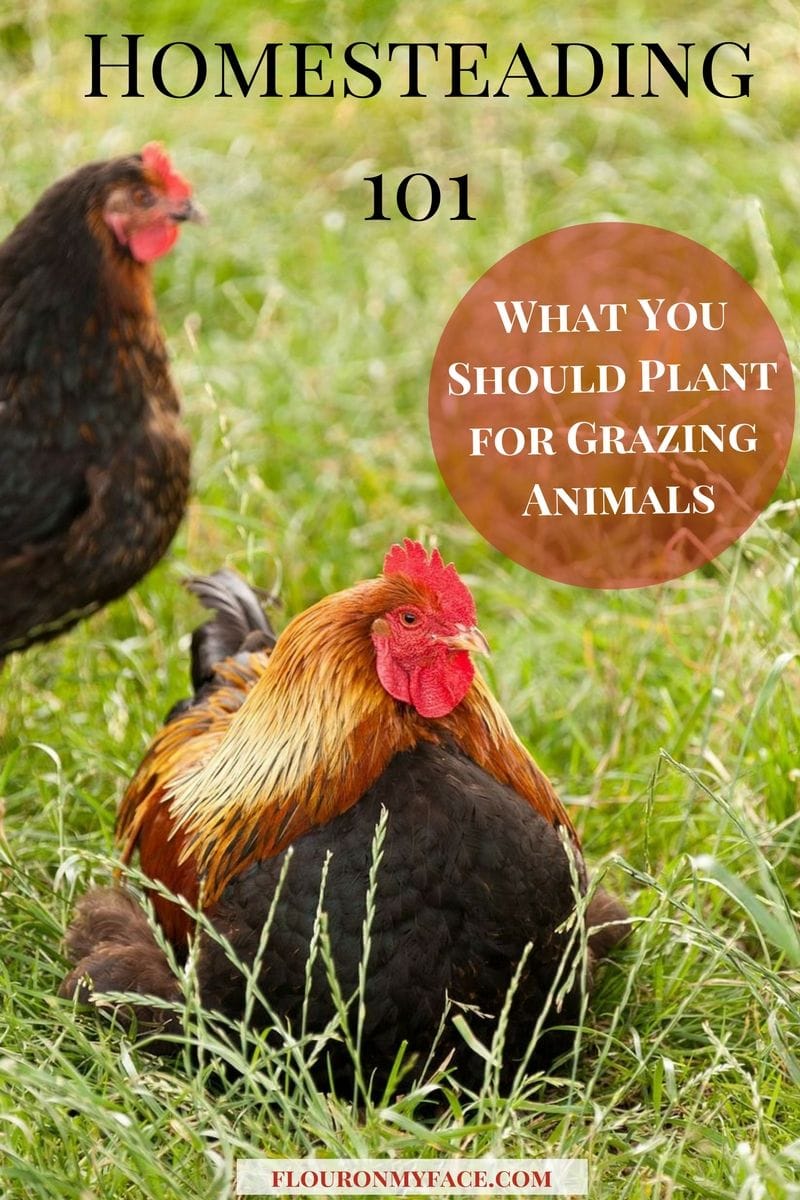
Whether you've planted your first garden or your 50th this summer, there's nothing quite as satisfying as growing your own food and taking an active role in nourishing yourself and your family. You also get to spend time outside in the fresh air and sunshine, enjoying all that nature has to offer.
Homesteading: Livestock
If you love vegetable gardening, you may find yourself smitten with the idea of homesteading in earnest. If you're thinking of taking more steps toward sustainable agriculture in your life, you may also be dreaming of raising livestock someday - even if right now all you could possibly make room for a handful of hens.
What You Should Plant for Grazing Animals
If grazing animals might be in your future, you'll need to feed them - and to do that, you need to have some healthy pasture to support them.
The most common homesteading animals you'll find are all grass-eaters, though they all need to eat more than just lawn grasses to get the nutrition they need. Some popular homesteading animals include:
- Chickens
- Turkeys
- Rabbits
- Goats
- Sheep
- Cows
To prepare to welcome these useful animals to your home or future homestead, you first want to establish an area of your property to grow the things they like to eat.
Pasture Basics
Pasture typically consists of three major plant types, and each one is needed to provide an important element of your animals' nutrition:
- Grasses, which can include any of the turf or grain crops common in North America, such as wheat, barley, bluegrass and native prairie grasses.
- Legumes, such as nitrogen-fixing clover, alfalfa, peas and beans.
- Forbs, which are various flowering plants that often grow in fields of grasses and legumes. These can include dandelions, turnips, chicory and kale.
It's best to have a variety of all three available to your animals, and you'll need to do research on your growing zone and soil type to select varieties that will do well on your property.
It's also a good idea to select seed varieties that are used for forage, so you know the grass or legume you choose can stand up to lots of grazing and hoof prints.
Best Bets for Small Livestock
For chickens and turkeys, it's easiest to provide poultry feed at will and supplement with what you grow to make sure they get their greens. If you already have a vegetable garden, you'll have a steady supply of beet greens, carrot tops and other leafy waste from cabbage and broccoli - and that's just for starters!
Chickens are also psyched to get overripe berries or cherry tomatoes, too. If you're willing to let them free range, you'll need to fence off your garden first, then let them at your lawn grasses and clover.
If you're considering keeping rabbits for meat or for fiber, you can start a mini pasture plot to raise alfalfa, oats or timothy. They'll enjoy it fresh or dried as hay.
Pasture Plants for Large Livestock
Ruminants like sheep, goats and cows need a whole lot of the green stuff to keep them going, so you'll need a large plot of land to sow with the three pasture basics discussed above. You can also make better use of your space by planting cover crops over garden beds as you empty them of your summer crops.
Good cover crops for wintertime feeding include rye, sorghum, oats and peas. Animals on winter pasture still need a proper mix of grain in their diet, so be sure to research the right feed mix for your cows or goats.
Adding animals to your homestead can be incredibly rewarding, and being able to feed them a natural diet that you grew yourself is one of the hallmarks of sustainable agriculture. With good pasture planning and management, you'll be ready to bring lots of farm animals on board.
MEGAN WILD IS A HOME IMPROVEMENT WRITER AT YOUR WILD HOME WHO LOVES GROWING A HEALTHY AND BEAUTIFUL GARDEN THROUGHOUT THE YEAR. WHEN SHE'S NOT MEANDERING AROUND HER LOCAL NURSERY, YOU CAN FIND HER TWEETING @MEGAN_WILD.


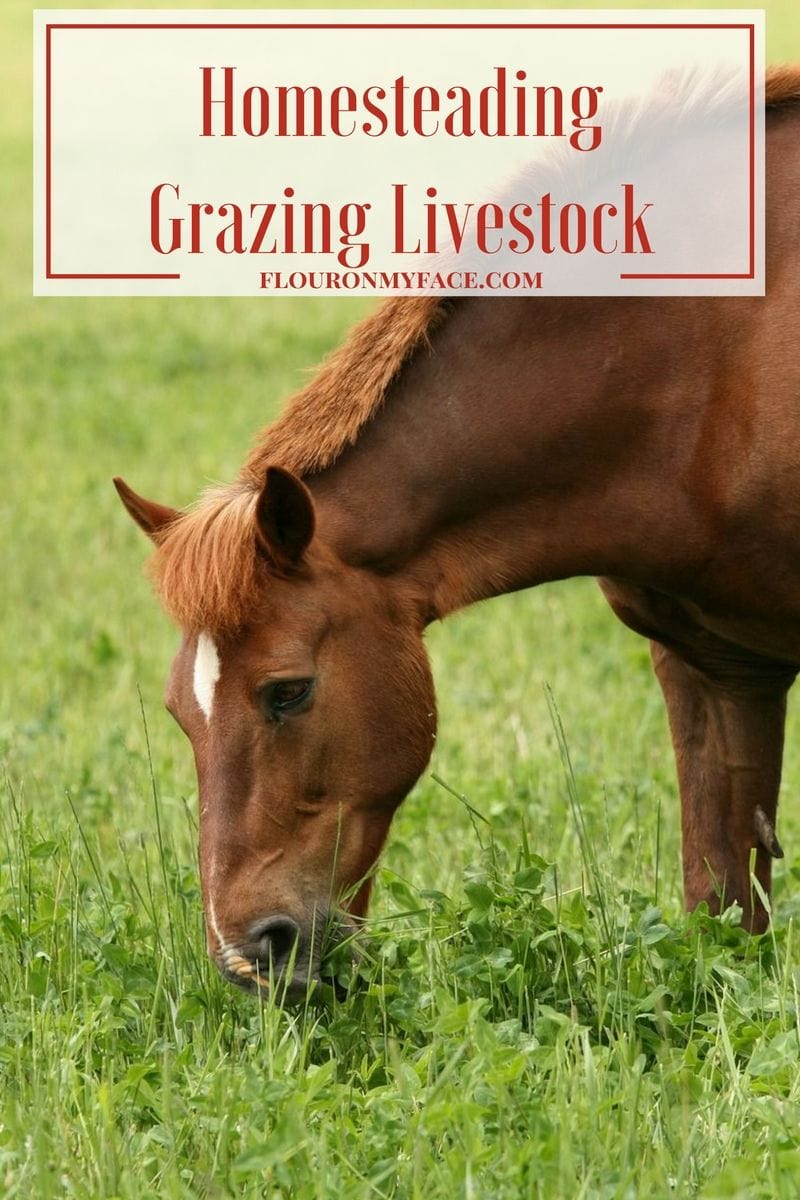
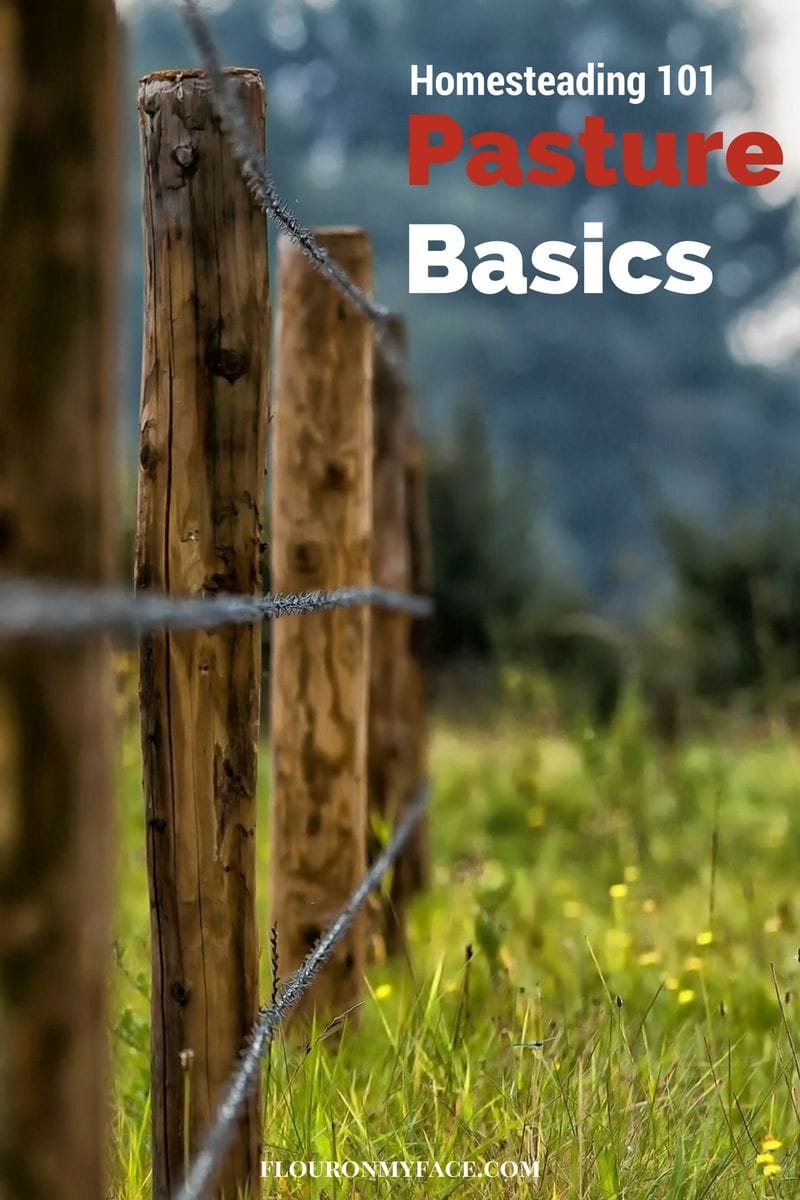
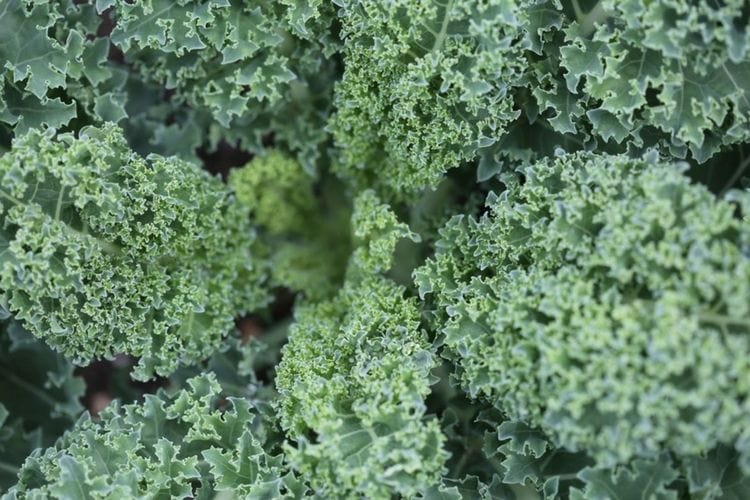
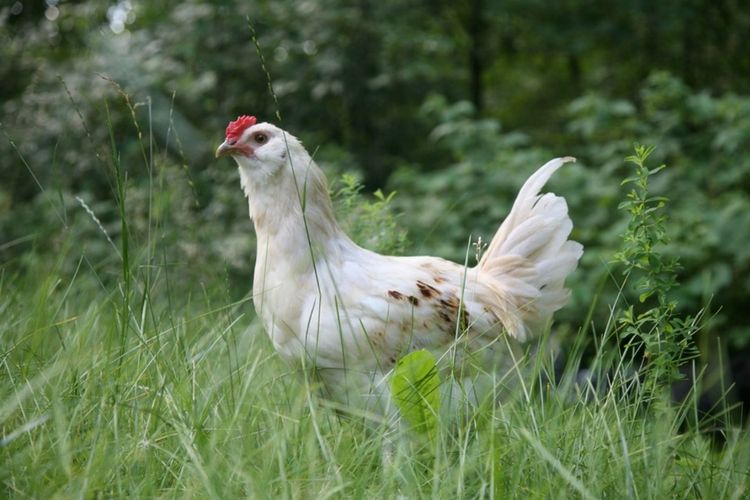
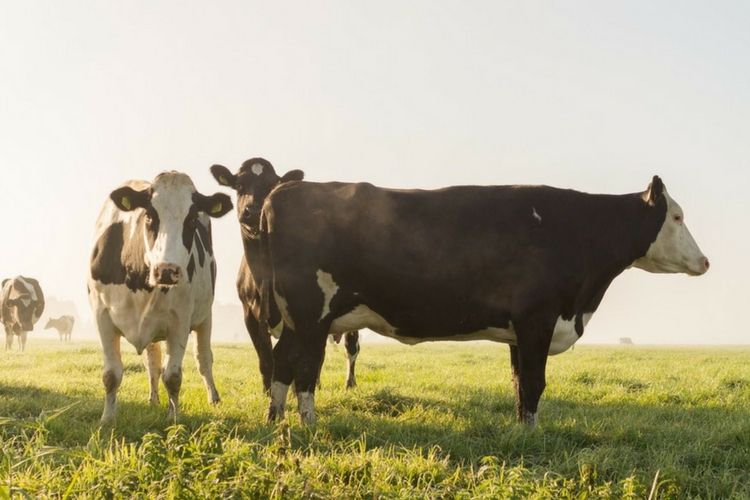
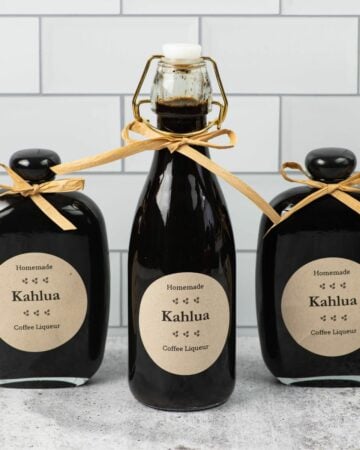
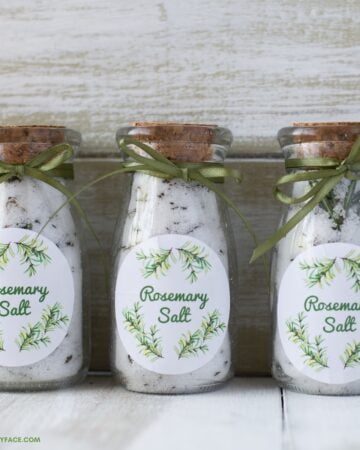


Leave a Reply